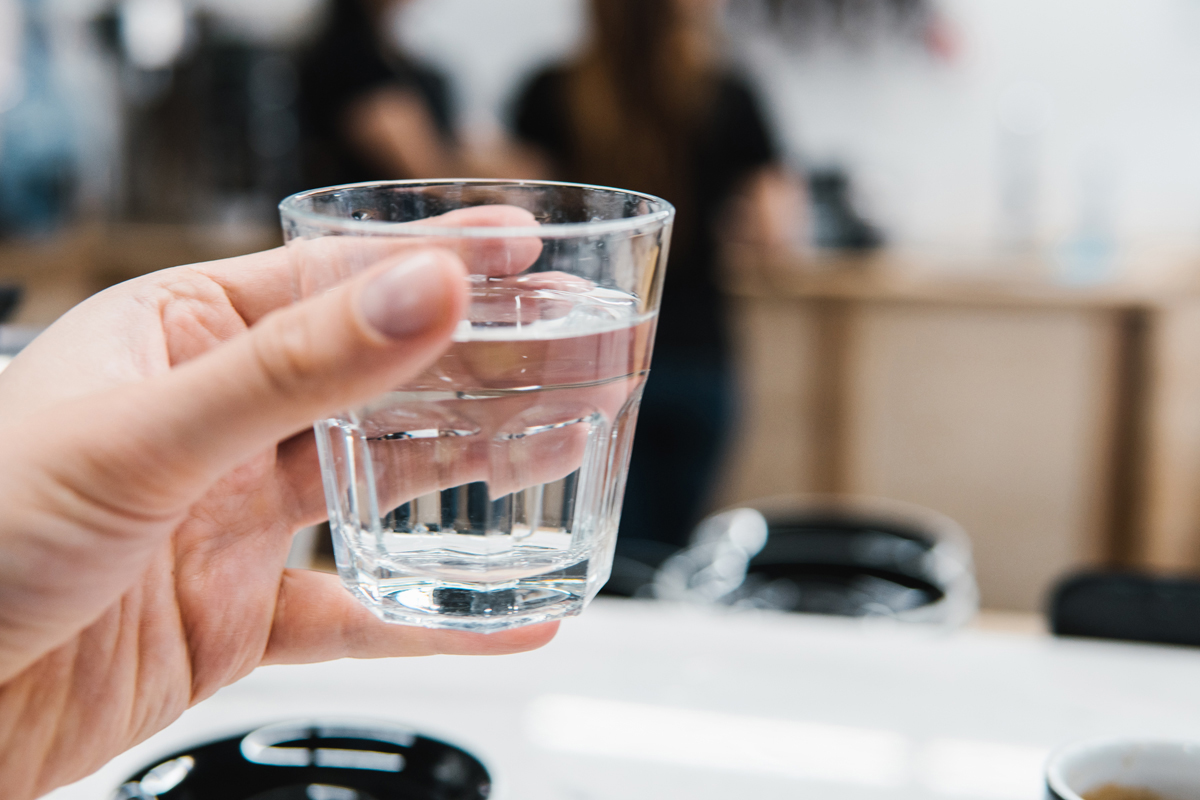Water softeners use salt to assist get rid of the minerals in hard water that cause problems including dry skin and hair, limescale, and dirty dishes. Experts say that you should check the brine tank at least once a month and add salt if it is less than half full to maintain your water hardness level low and get the most out of your softener system.
But the best time to add salt to your water softener may vary on the system, how hard your water is, and other things. Here’s what you need to know to make sure you always have soft water for years to come. Read on to learn more.
How to Add Salt to Water Softener
One of the few things you have to do to keep your water softener in good shape is check the salt levels. This doesn’t add much to your list of things to accomplish, which is good. Here are some useful ideas for keeping an eye on and adding softener salt.
How Often Should You Put Salt in?
It’s a good idea to check the salt tank once a month, but it’s not a rule that applies to all systems. This is because regeneration is a process that softens water and makes it easier to replace salt.
Resin particles in water softeners catch hard water minerals like calcium and magnesium. When these beads are “full,” the softener uses a brine solution to rinse the minerals away so the resin can keep working. Basic models might do this procedure more often, while more complex systems might have salt level monitoring and renew more quickly as needed.
In short, the more often your softener regenerates, the more salt you’ll need to use.
How Much Salt Do You Need?
How much salt you need depends on your softener, how often it regenerates, and how big your brine tank is. You want to keep the tank about half filled and make sure the salt is above the water level. This involves adding salt as needed without going overboard. Look in your user’s guide or handbook for information on the best levels.
What Happens When the Salt Is Gone?
It’s not the end of the world if your softener runs out of salt. If the system can’t soften and regenerate properly, you’ll see that your hard water problems are returning back. This is also why you should always check your salt levels first if you think something is wrong with your system, like if the softener is full of water.
Checking Your Salt Level
Adding more salt to the brine tank of your water softener as needed helps the regeneration process work well. A good amount of salt makes a good brine solution for rinsing the resin beads. This, in turn, maintains your water softening system running smoothly and effectively while also extending its life.
Finding the Right Type of Salt for Water Softener
It shouldn’t be hard to fill up your water softener’s brine tank on time. But there is still one issue left: what kind of salt does your system need? The difficulty is that it’s easy to forget the details of brand and variety, especially if you don’t have a set time to change the salt. If you rush around the store at the last minute, you might be more likely to grab the wrong 40-pound bag, which is a big mistake.
Different Types of Water Softener Salt and Their Chemical Makeup
Sodium chloride, which is common salt, is the most common ingredient used in water softeners. Potassium chloride is an option for systems, but it costs more and works less well. Think about what you want and what your water softener can do to help you choose the best one for your needs.
Forms of Water Softener Salt
There are different kinds of water softener salt, such as crystals, rock salt, and high-quality salt pellets. Most people choose solar salt. Pellets and other purer forms may help keep your brine tank cleaner. You might also look into types that are made to assist prevent iron buildup and other problems in your water softening system and around your home.
If you periodically replenish your brine tank, it will help you remember the salt you like the next time you go to the shop. Even better, a water softener salt delivery service makes things even easier. After you place your purchase, your provider will provide you the water softener salt you want on a timetable that you both agree on. You won’t even have to carry the bag home yourself.
What Are Maintenance Checks for Water Softeners?
When you refill your brine tank on time, you also get regular chances to check that everything is working well. The good thing is that a water softener system doesn’t need a lot of upkeep. If you do see major problems, it’s usually best to let the professionals take care of them. You may receive professional salt delivery services along with extra aid from qualified professionals that can help you get the most out of your water softener.
It’s still good to know what to look out for, even if you get the best service. Here are some things you should check on your water softener:
How to Deal with Salt Bridges and Mushing
When you check your brine tank to see if you need to add more salt, keep an eye out for symptoms of salt bridging and mushing.
Salt bridges are most likely to happen with sun salt. It happens when the salt in the brine tank forms a big mass or cakes up. This mass may make the tank look full, but in reality, there is an empty area underneath it. This means that your brine solution won’t have the right amount of salt, which will stop it from regenerating properly and could let hard water problems come back.
Mushing: This problem is more likely to happen with pellet salt. Bridging makes masses at the top of the brine tank, while mushing makes clogs at the bottom. But these difficulties will make regeneration worse, which means the system won’t be able to provide soft water.
To get your water softener back to its best working condition, you need to do some simple maintenance and some deep cleaning. Keeping an eye out for these problems while you frequently add salt to your brine tank can help keep your water soft.
How to Tell When It’s Time to Get a New Water Softener
Your water softener will last as long as possible if you take care of it regularly, but no device lasts forever. At some point, you’ll need to get a new water softener. If you keep an eye on the salt level in your brine tank, you’ll be able to rapidly see the indicators that you could need a new system.
If you use the same amount of water every day but have to fill up your brine tank more or less often (or not at all) over time, it’s likely that the softener is not working as well as it used to. You might also start to notice that you need to do more maintenance, the water isn’t always soft, and other problems.
If your softener starts to show these indications of age, you should start looking for a new one as soon as possible. You can get a new system set up before the old one breaks down this way.
Salt Works USA In Arizona
At Salt Works we strive to meet the salt delivery needs for the entire Phoenix valley. Proudly serving the great state of Arizona for over 20 years, Salt Works has become a leading provider for salt and water treatment needs by earning the trust of our valued customers. We promise to build on our strong foundation and reputation through exceptional customer service and quality of our products. Contact us today! [/vc_column_text][/vc_column][/vc_row]






